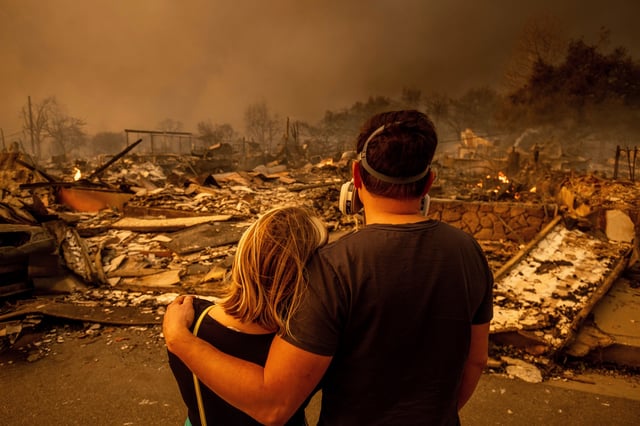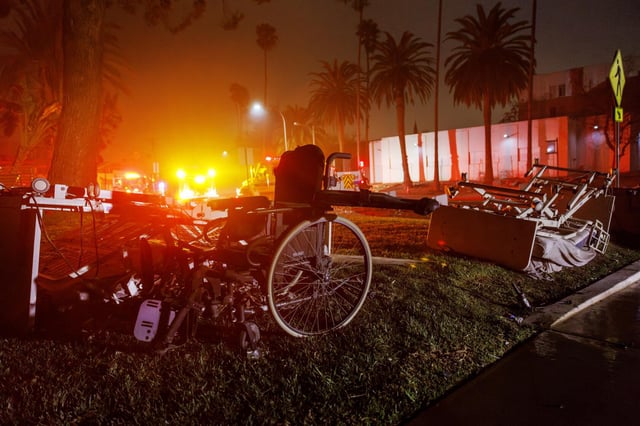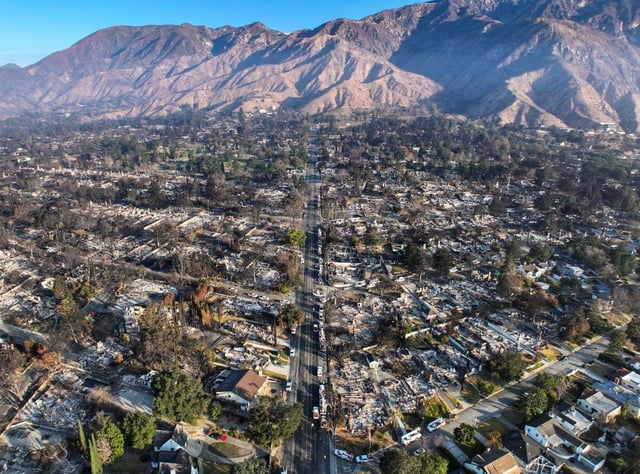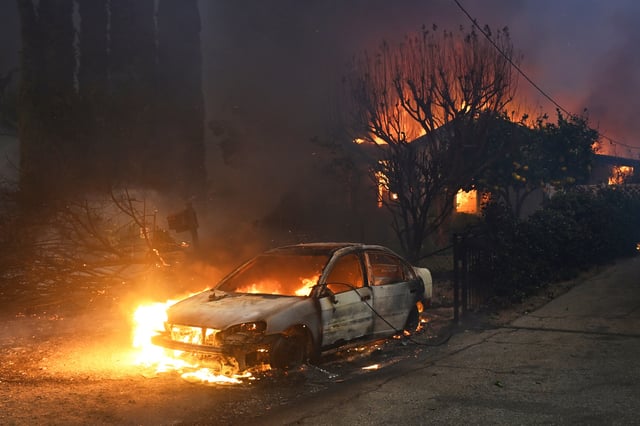Overview
- The 133-page after-action report released Thursday concludes there was no single point of failure, identifying multiple systemic weaknesses that hindered alerts and evacuations.
- The Board of Supervisors will publicly review the findings and recommendations on Sept. 30, with McChrystal Group slated to present.
- Residents west of Lake Avenue in Altadena received evacuation warnings hours late during the Eaton Fire, and that area suffered most of the fatalities.
- The alert process took 20–30 minutes under a multi-step workflow and relied on opt-in tools, while power outages, cell tower degradation and non‑interoperable platforms impeded message delivery and field coordination.
- Critical staffing and resource shortages — including sheriff’s deputy vacancies and an under-resourced Office of Emergency Management — compounded the response, as fire-cause investigations and lawsuits against Southern California Edison continue toward initial trials in 2027.



